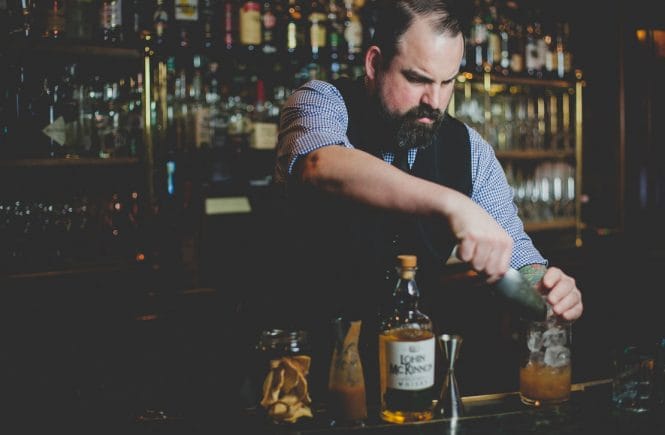Or is it? This soaringly popular Chinese spirit is as loathed as it is loved
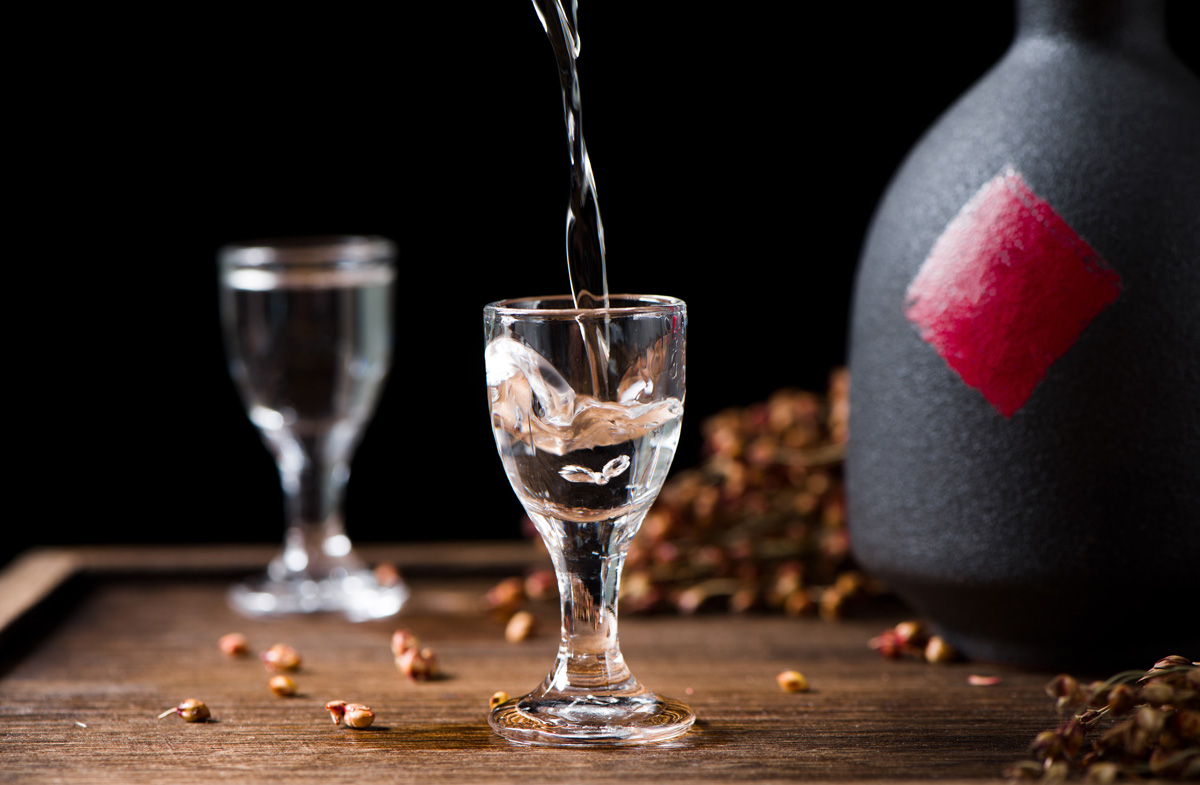
There are a few spirits that are often called the “next big thing,” but, for whatever reason, never seem to quite make it to the major league.
Rakia, aquavit and even rum are all often pegged as promising new future “it” spirits. After you hear their names thrown around for a decade or so, though, it starts to make sense to take the trend forecasters with a grain of salt.
These days, an oft-cited “one to watch” is baijiu, a spirit from China with a lot of different personalities that a few prominent bars are going all in on. The most notable are Laowai in Vancouver and Toronto’s Hong Shing, both of which have built a cocktail program around baijiu. In addition, several bars and restaurants in Toronto feature baijiu in cocktails or straight up, including Chinatown’s Big Trouble and the acclaimed restaurants MIMI Chinese and Sunnys Chinese.
Montreal’s Poincaré Chinatown also sells a Baijiu Caipirinha and there’s an entire venue in Edmonton named Baijiu—although it’s worth noting that they only currently have one cocktail with this divisive spirit on the menu, the Baijiu Sour.
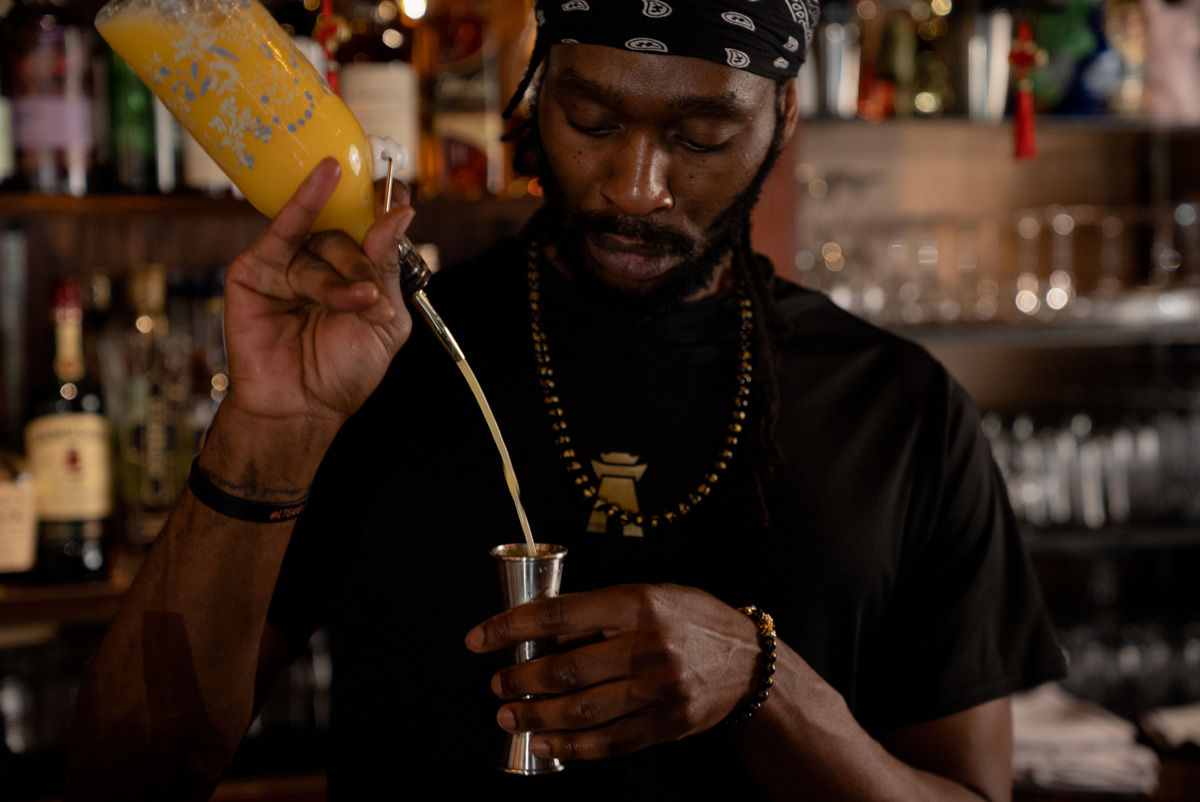
“I think the trend is blossoming right now, because there are so many great Chinese restaurants in Toronto that are exploring the drinks that traditionally went with these flavours,” says Michael Ranger, bar manager at Hong Shing.
Ranger explains that this 26-year-old Chinatown institution started working on ramping up its cocktail program pre-pandemic. Back then, they were using the same standard spirits you would find on any back bar. After the lockdown, when several different new Chinese baijius found their way to the Canadian market, the team at Hong Shing decided it was time to explore the spirit—a natural fit with the food and identity of the restaurant.
“A lot of people haven’t really played with or indulged in baijiu, so it’s kind of like a new chapter in a lot of peoples’ books,” Ranger says.
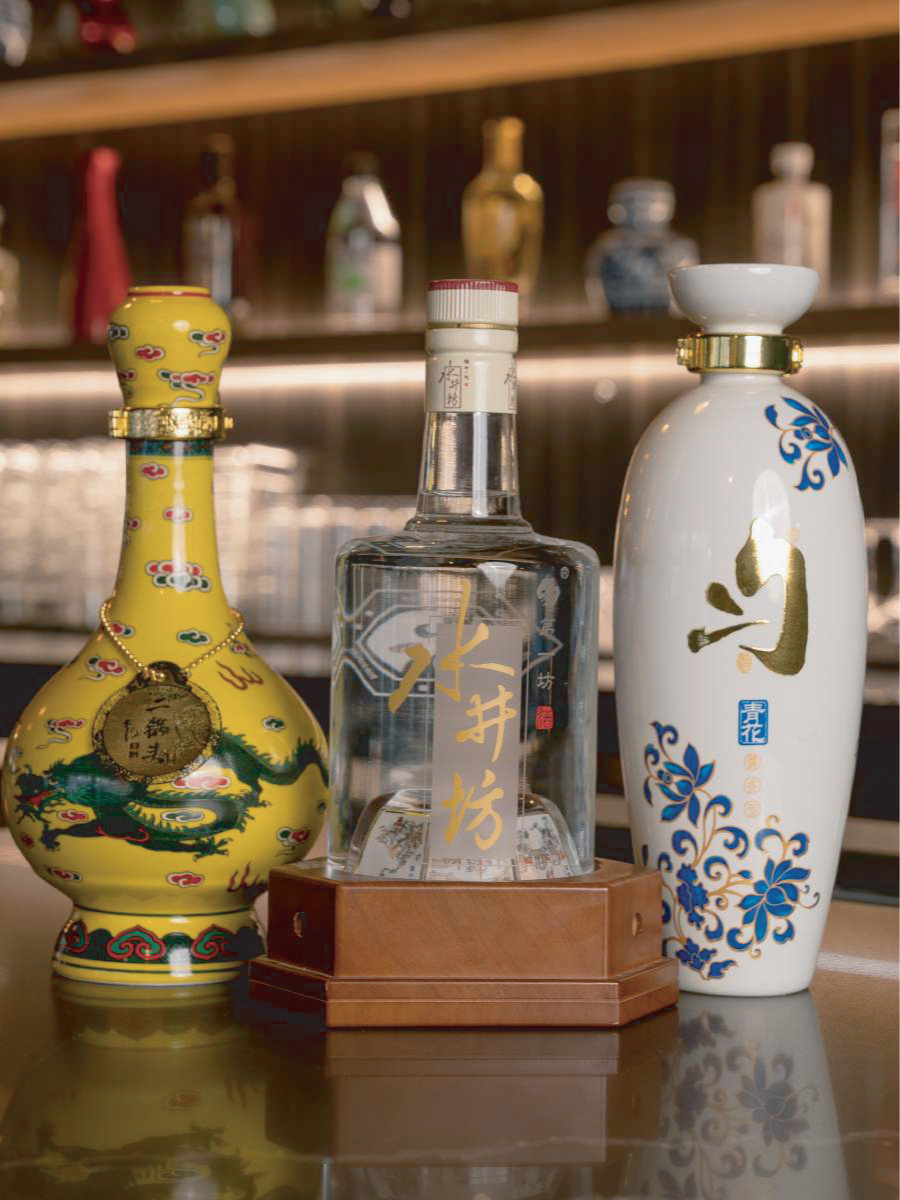
From pretty to pretty funky
Then again, for many, it’s not a new chapter at all. As Ranger points out, baijiu is the most consumed liquor in the world. Precise numbers are hard to come by because the production is so varied and vast, but some estimates put it at seven billion litres per year.
Strangely, though, in China, the market for the country’s national spirit has been waning for nearly a decade. This traditional spirit is failing to capture the interest of the younger generation within China, which, of course, is a big reason there’s been a push from baijiu producers to sell it to the West as a cocktail-friendly spirit.
It’s an ambitious project, since there are more regional variations than anyone can keep track of and not every expression is what you’d call “easy mixing.” A spirit made from sorghum through a dry-ferment process (dry fermentation, in itself, is a challenging concept for westerners to grasp), baijiu comes in several major styles (or “aromas”) and the range in flavour profiles is profound.
I can speak to this from experience.
Eight years ago, I spent some time in China, a week of which was spent judging spirits—both the usual gins, rums and whiskies you would expect at an international competition, as well as a fairly hefty number of baijiu expressions. The whole gamut was being poured, from light, floral and herbal baijius to expressions with wild fruit and even potent, punchy spirits with aggressively funky profiles and notes that can only be described as “intense compost.” That range can be hard to reconcile with our standard ideas about what spirits should taste like—and a challenge to plan a cocktail menu around.
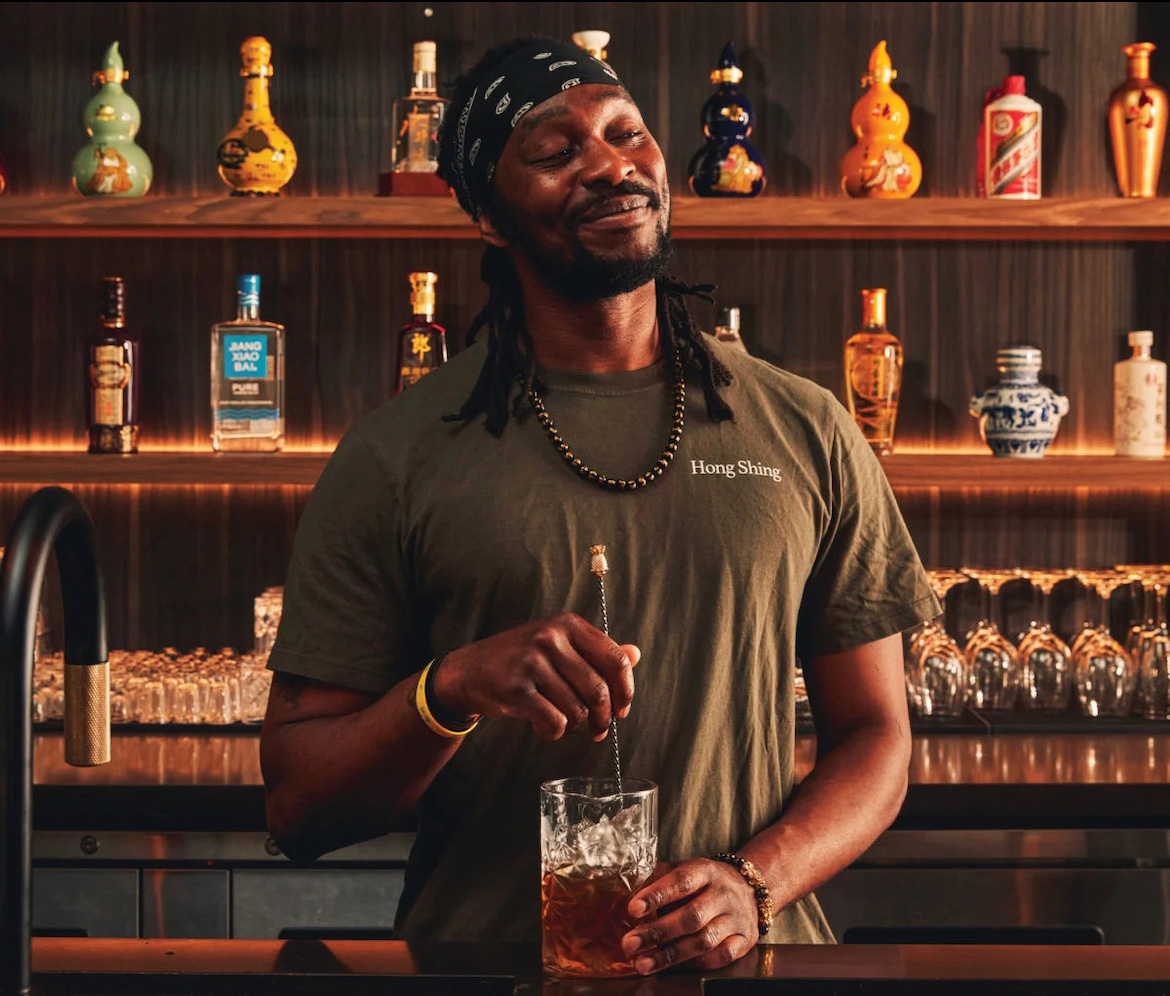
Both Vancouver’s Laowai and Hong Shing have done an amazing job trying to find solutions to this problem. But it took months of prep and research and, in both cases, their cocktail menus resemble books more than drink lists.
“With a strong aroma, for example, we know that the flavour is fermented pineapple, with a little bit of banana, star anise and Szechwan peppercorn warmth,” Ranger says. “So, for that, we decided to use it in our Piña Co Baijiu, which everybody likes because it’s really smooth and easy.”
Each style of baijiu really needs a completely different solution. Hats off to the bars that are tackling the problem creatively and methodically.
Still, I’m not sold on it being the “next big thing.” A high-maintenance spirit like this seems almost destined to be niche. But trend forecasters are wrong as often as they’re right, so we’re not making any hard and fast predictions on this one.



